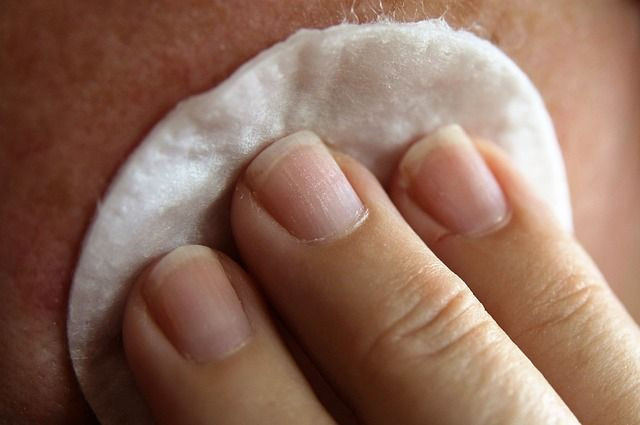How To Get Rid Of Acne Scars: Chemical Peels, Laser Treatments Can Help Clear Skin

Most of us have spent a considerable amount of time dealing with acne, especially during our teenage years. Three-step acne kits have helped us outgrow pimples and zits, but the aftermath persists — acne scars. Eliminating these marks is no small feat, but there are a number of treatments that can help prevent and reduce the appearance of scars for clearer skin.
Prevention and intervention are crucial when it comes to treating acne to lower the odds of scars forming; 95 percent of acne patients develop post-pimple hyperpigmentation to some degree. First, it's important to identify the type of acne scars, since they come in many shapes, sizes, and even colors. The most common are depressed or pitted scars, which result from inflammatory acne, or papulopustular acne — lesions that consist of red blemishes, pimples, papules and pustules (zits) and larger swollen lesions (nodules). Depressed scars sit on collagen-rich scar tissue, preventing the skin from repairing the scar.
Two major categories of lasers are used in laser treatments as part of acne scar therapy. Ablative (resurfacing) lasers remove the outer layers of the skin via burning away scar tissue and allow the dermal collagen to tighten. This reduces the level of scar visibility. Meanwhile, non-ablative lasers trigger changes within the dermis without affecting the epidermis. Similar to ablative lasers, non-ablative lasers allow the dermal collagen to tighten via heating to reduce visibility.
Other dermatological treatments include a chemical peel — applying strong acid — that can deeply penetrate into the skin. This option is used to treat mild acne scars. However, for ice pick acne scars, which are usually deep and narrow, punch excisions work better at bringing the dermis together to get rid of the margins. Sometimes the scar may fade on its own.
Subcision and dermabrasion involve sharp instruments that are meant to break away the damaged tissue. In subcision, dermatologists apply a tiny scalpel or needle to the scar tissue to help produce new collagen, while dermabrasion involves anesthetizing the skin and freezing it as a blade removes it.
These dermatological procedures, from laser treatments to chemical peels, can help minimize the appearance of acne scars. Marks are all unique, so it’s best to consult with a dermatologist to determine what treatment works best for the type of scarring.



























